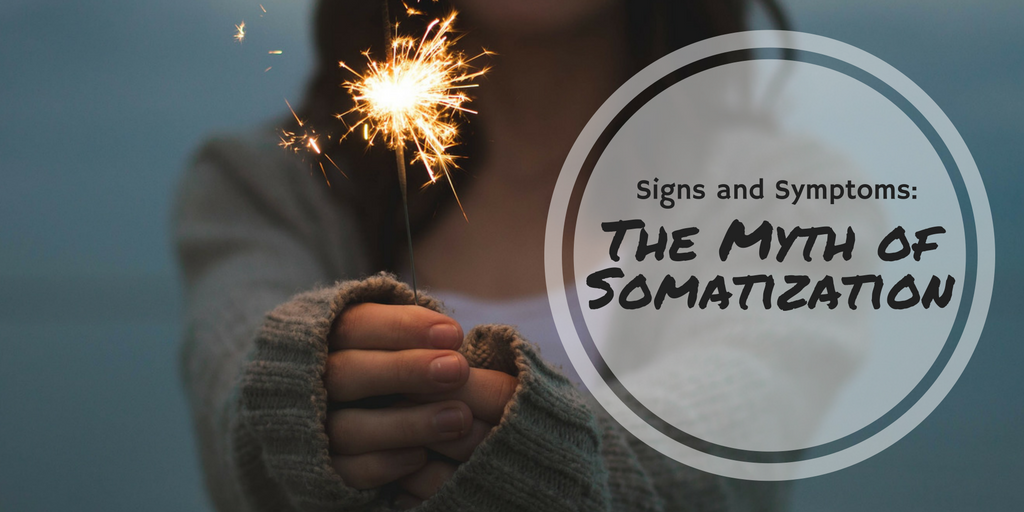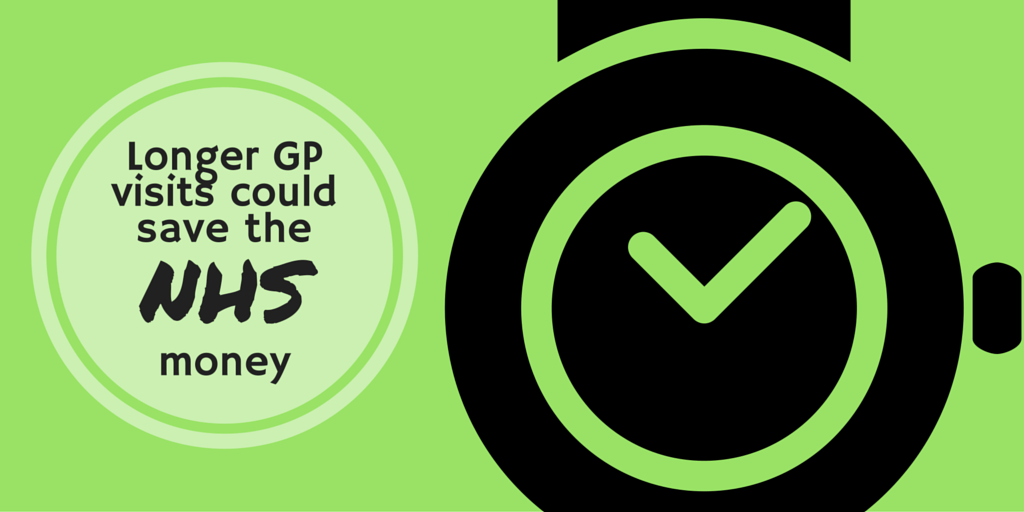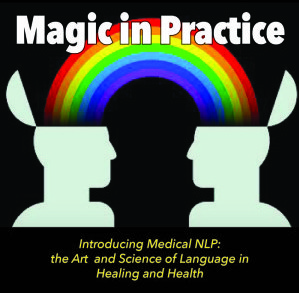
Symptoms and signs
During any consultation, the patient and practitioner seek to bridge a gulf of subjective meaning. The events the patient notices and tries to describe are ‘symptoms’; the doctor, meanwhile, is also looking for ‘signs’—usually described as ‘objective indications’ of disease or disorder. In some cases, the disease is readily identifiable (say, jaundice) because the signs are evident.
Somatization, functional illness and hypochondriasis
However, where the practitioner favors signs to the exclusion of symptoms, problems can arise. In the absence of readily observable signs, due diligence and medico-legal concerns usually mean that the patient will be referred on to one or more specialists for further consultations and tests. Where no pathology is identified, the patient is at risk of being stigmatized as ‘somatizing’, suffering from ‘psychosomatic’, ‘somatoform’ or ‘conversion’ disorder, ‘functional illness’, or ‘hypochondriasis’.
None of these nominalized terms is particularly helpful, because none of them provides insight into the problem. Moreover, they tend to exclude the patient’s experience, the context within which his problem arises. Patients are quick to detect the underlying suggestion that what is ailing them is ‘all in the mind’. If they do not medicate the patient, many doctors are quick to outsource the problem to psychologists, psychiatrists, or counselors (where available), reinforcing the picture of troublesome neurotics wasting the medical profession’s valuable time.
The Medical NLP approach
Medical NLP regards ‘somatization’, with its overtones of neuroticism, as a fiction. Not only do imbalances within the body–mind system express themselves somatically, both as some kind of physical felt sense and in changes in cellular function or structure, but we cannot have any experience without some physical movement or manifestation.
As ‘open adaptive systems’, we humans are constantly processing billions of bits of data, both exteroceptive (from outside the body) and enteroceptive (from within), most of which are filtered out of our conscious awareness. When these processes pass a certain threshold, they come into the subject’s awareness as somatic events, which are then subjected to descriptions, inferences, and evaluations, by both the ‘experts’ reviewing the condition and the patient suffering from its effects.
Diagnosis is not the disease
However, we should not confuse the descriptions and inferences we use as convenient forms of classification with the event itself. The diagnosis is not the disease. The symptom is not the problem. The problem is the problem, and the symptom is the signal that the problem has not yet been recognized and resolved.
For more insight into bridging the gap between patient and practitioner using Medical NLP visit The Society of Medical NLP website and read Garner Thomson’s Magic in Practice: The Art and Science of Language in Healing and Health available as ebook and paperback.


